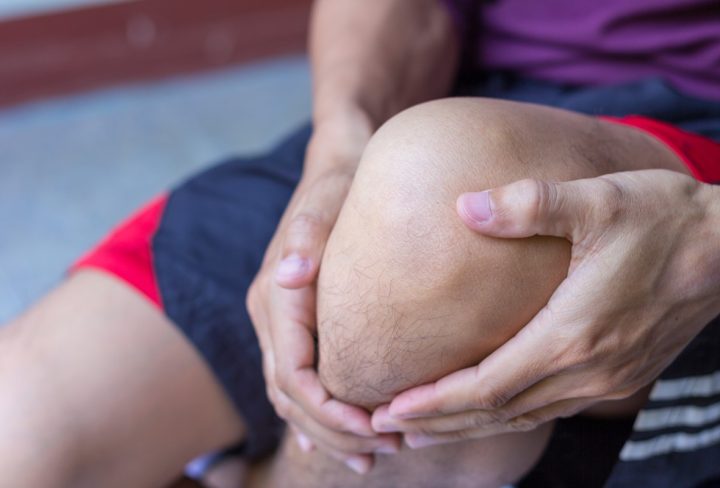The posterior cruciate ligament (PCL) is one of the major ligaments in the knee joint, playing a crucial role in stabilizing the knee and preventing excessive backward movement of the tibia (shin bone). PCL injuries can occur due to various factors and can lead to significant knee instability and discomfort.
Causes of PCL Ligament Injury
PCL injuries typically occur from direct trauma to the front of the knee or from high-impact activities such as falls, sports-related collisions, or motor vehicle accidents. In some cases, PCL injuries may also be associated with other knee injuries, such as anterior cruciate ligament (ACL) tears or meniscal tears.
Symptoms of PCL Ligament Injury
The symptoms of a PCL ligament injury may vary depending on the severity of the injury but can include:
- Pain and swelling in the knee joint
- Difficulty bearing weight on the affected leg
- Feeling of instability or “giving way” in the knee
- Limited range of motion, particularly when bending or straightening the knee
Treatment Options for PCL Ligament Injury
The treatment approach for PCL ligament injury depends on the severity of the injury, the patient’s activity level, and the presence of any associated knee injuries. Treatment options may include:
- Rest, ice, compression, and elevation (RICE) to reduce pain and swelling in the acute phase of injury
- Physical therapy exercises to strengthen the muscles surrounding the knee joint and improve stability
- Bracing or taping techniques to provide additional support to the knee during activities
- Surgical reconstruction of the PCL in cases of severe or complete ligament tears, particularly in individuals who have persistent symptoms despite conservative treatment
Preventing PCL Ligament Injury
While it may not be possible to prevent all PCL ligament injuries, there are steps individuals can take to reduce their risk, including:
- Wearing appropriate protective gear during sports activities, such as knee braces or padding
- Strengthening the muscles surrounding the knee joint through regular exercise and conditioning
- Practicing proper techniques for jumping, landing, and changing direction to minimize the risk of injury
PCL ligament injuries can be painful and debilitating, but with prompt diagnosis and appropriate treatment, many individuals can achieve significant improvement in symptoms and return to their normal activities.
If you are experiencing knee pain or instability, consult with your doctor for an accurate diagnosis and personalized treatment plan.

